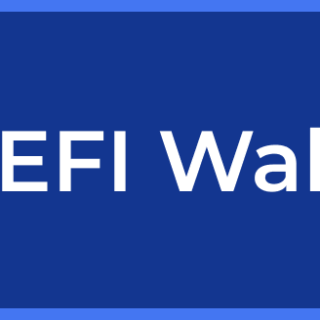Wrapped Assets: utility and risk
Wrapped assets
Wrapped assets are backed or pegged 1:1. Because blockchain tokens cannot move as-is from their native network, wrapped tokens were created to allow the use of certain cryptocurrencies on nonnative blockchains.
These tokens are backed or pegged 1:1 in amount and value to their native cryptocurrency.
Bitcoin, for example, is not inherently compatible with the Ethereum blockchain nor dApps on its network, so wrapped Bitcoin, or wBTC, was created in 2019 for investors to tap into the price exposure of Bitcoin while engaging in Ethereum’s DeFi opportunities.
How does this multichain “wrapping” (and “unwrapping”) work exactly? The native token is first entered into a smart contract and can then be minted as a wrapped asset to be used in another network. This allows broader use cases for tokens that may have limited utility (e.g. BTC). To bring the token back to its original network, the user requests to “burn” the wrapped asset on the second network. Once the burn is verified on-chain, the original token exits the smart contract back to the user’s original wallet address.
Wrapped tokens do come with inherent risk, as they require a certain level of trust on the part of the holder. Users must trust developers to write code correctly: wrapping and unwrapping or bridging require smart contracts. Also, while holding a wrapped asset should entitle the holder to a 1:1 ratio of the native asset, the actual conversion is entirely up to the custodian or contract that has provided the wrapped asset.


